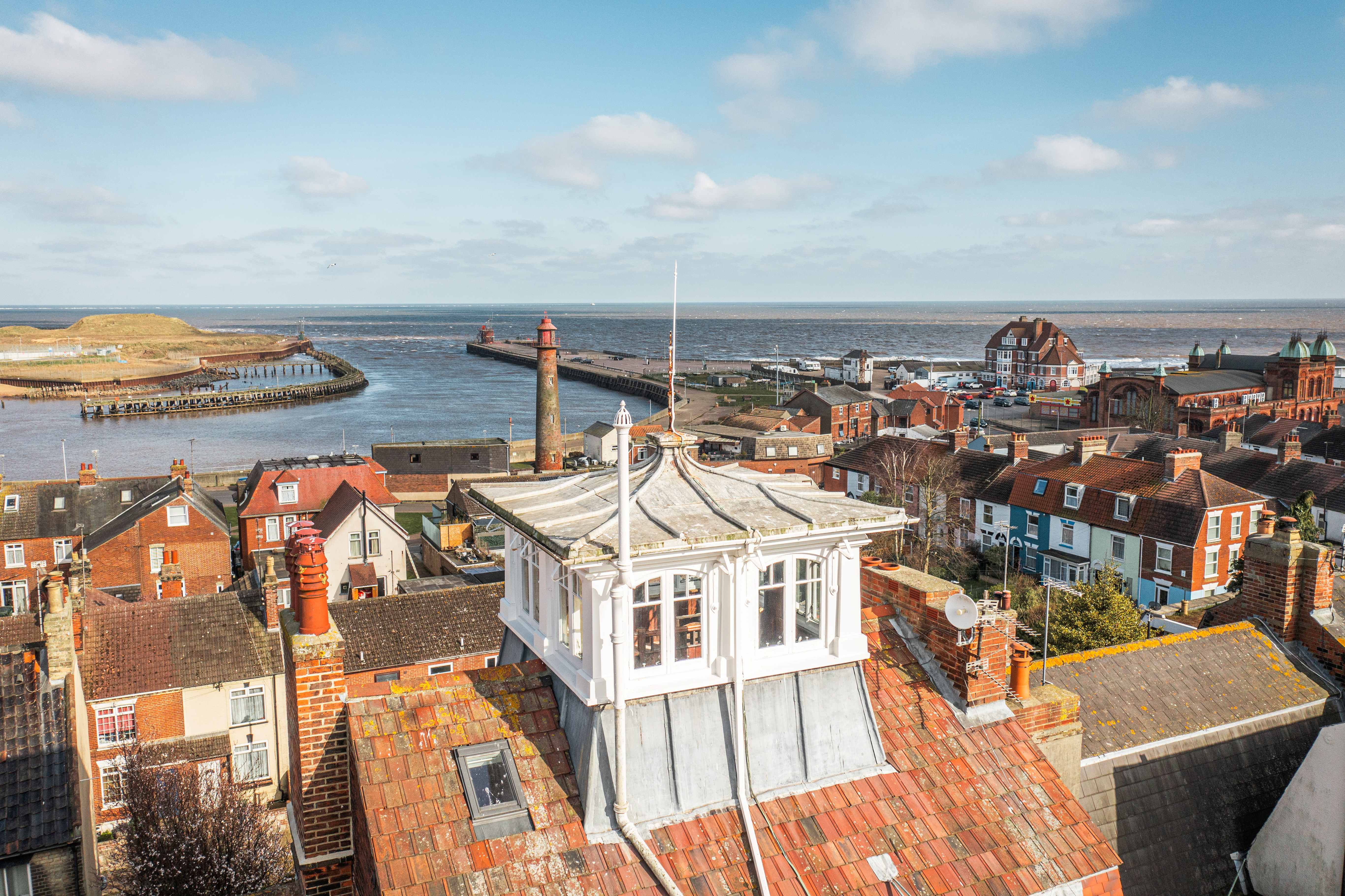Book Review: Oil Paintings in Public Ownership in West Yorkshire: Leeds
Simon Heffer applauds a ground-breaking first volume that will do for publicly owned oil paintings, he predicts, what Pevsner did for architecture


Oil Paintings in Public Ownership in West Yorkshire: Leeds, Fred Hohler Public Catalogue Foundation, £30
This is the first volume in a brilliantly conceived project that will do for publicly owned oil paintings what Pevsner did for architecture. It collects, in colour, for the first time and in one volume, all the oils owned publicly in the city of Leeds. Many are on display: many more are in store rooms.
As Dr Hohler, whose brainchild the Public Catalogue Foundation is, says in his introduction: 'The series will not only become an essential art-historical record revealing the great breadth of the national collection to a wide audience. It will also help preserve these paintings, as proceeds from catalogue sales go directly into the conservation and restoration of oil paintings in the participating collections.' This national inventory is certainly useful. Just leafing through this beautifully presented volume makes one aware of the startling range and sheer numbers of works that are not in private hands.
The paintings are organised by collections, with the history of each collection outlined at the start of each respective section of the catalogue. As well as a colour photograph of each painting, all the paintings are fully described. There are biographical details of the artist, if known, the title of the work, its dimensions (regrettably, and unnecessarily, in metric), date of execution and the inventory number of its own collection.
This is a herculean task, with dozens more volumes to come before the entire United Kingdom is catalogued. Dr Hohler expresses sincere gratitude to those individuals and charities who have made this ground-breaking volume possible, and we must all hope that he is equally lucky in finding future donors to open their wallets. The book makes one realise what great work the Victorians, especially, did in encouraging collections of paintings for the edification of a public for whom culture was still a distant ideal. Sadly, in much of our country today, it still is.
The recognition that so much publicly owned art is permanently in warehouses ought to provoke a debate. Should there be more exhibitions of these rather marvellous, unseen works? Should they be sold to private collections, and the money raised used for edifying public purposes?
It is important to keep our paintings in our country, but what is the use of that if they are tucked away? Could some imaginative schemes not be devised for collections to lend their undisplayed works to restaurants, banks, shops or other public places where they might be seen and appreciated? Perhaps this great project will awaken such thoughts, and turn out to be not just a catalogue, but a spur to action.
Sign up for the Country Life Newsletter
Exquisite houses, the beauty of Nature, and how to get the most from your life, straight to your inbox.
Country Life is unlike any other magazine: the only glossy weekly on the newsstand and the only magazine that has been guest-edited by HRH The King not once, but twice. It is a celebration of modern rural life and all its diverse joys and pleasures — that was first published in Queen Victoria's Diamond Jubilee year. Our eclectic mixture of witty and informative content — from the most up-to-date property news and commentary and a coveted glimpse inside some of the UK's best houses and gardens, to gardening, the arts and interior design, written by experts in their field — still cannot be found in print or online, anywhere else.
-
 Two quick and easy seasonal asparagus recipes to try this Easter Weekend
Two quick and easy seasonal asparagus recipes to try this Easter WeekendAsparagus has royal roots — it was once a favourite of Madame de Pompadour.
By Melanie Johnson
-
 Sip tea and laugh at your neighbours in this seaside Norfolk home with a watchtower
Sip tea and laugh at your neighbours in this seaside Norfolk home with a watchtowerOn Cliff Hill in Gorleston, one home is taller than all the others. It could be yours.
By James Fisher